Sarah Davies (she/her)
In her 1989 ground-breaking essay, Columbia Law Professor (then-student) Kimberlé Crenshaw wrote, that ‘dominant conceptions of discrimination condition us to think about subordination as disadvantage occurring along a single categorical axis.’
While there are a lot of big words in that sentence, if you break it down (or read her entire article, which is mind-blowing), the message is basically that we see discrimination, and being disadvantaged by that discrimination, as a singular line. Using Professor Crenshaw’s example, a group of five Black women attempted to take their employer, General Motors, to court for discrimination as Black women. GM had only started to hire Black women in 1964, a then-recent development. Logically, any Black woman hired at this time would be junior staff compared to other women or men, and therefore the first to be laid off, should financial strife occur. These five women, however, were not allowed to bring a suit on behalf of Black women – only on behalf of either women, or Black people. In other words, the court recognised that discrimination does occur against women and Black people, but failed to consider there may be compound discrimination against Black women.
Just a few of the identity attributes that a person experiences simultaneously. Image: E.Wider via canva
Nowadays, as the term ‘intersectionality’ is gaining a lot more traction, it has a broader horizon than what Professor Crenshaw was rightly trying to bring attention to. Discrimination commonly occurs for reasons of gender, sexuality, race, economic means, class, and ability, to name a just few. To be a disabled transgender person, means that areas where you are discriminated against as a transgender person, can also intersect with areas where you are discriminated against as a person with a disability. People trying to bring attention to trans rights, may miss the fact that trans people with a disability will experience discrimination in different ways.
This is a lot to wrap your heads around, so please refer to the image below for a more visual representation! As always, please also ask any and all questions in the comments below!
Earlier feminism did not incorporate intersectionality the way it should have – today, however, we have the knowledge and ability to ensure our feminism, and fight for gender equality, is intersectional. There is a reason the saying, ‘if your feminism isn’t intersectional, it’s not feminism’ is so popular – it’s true. To only focus on fighting for freedoms and equality for people that are similar to you, is to be as oppressive as the systems you are fighting against.
Intersectionality does not only relate to discrimination. In their book, Unladylike, Cristen Conger and Caroline Irvin describe intersectionality as similar to Instagram filters. Swiping through to see which filters layer the best over yourself is akin to unpacking the layers that make up who you are. Humans can no longer be understood as simply ‘women’ and ‘men’, but as individuals with layers of identity. Learning how to see others, and recognising their layers of identity, is being intersectional. Local, national and international development programs designed to assist marginalised people are beginning to incorporate more intersectionality into their programs, in order to ensure all those intended to reap the benefits.
For some reason, as humans, we are conditioned to see, and categorise, other people. Sexuality, gender, ethnicity, race, religion, abilities, and the list goes on. People feel comfortable labelling others, in order to help themselves ‘understand’ them. Professor Crenshaw knew, ahead of her time, that these singular labels do not amount to a whole person. People are not monochromatic, drawn-in-the-lines images. We are individual works of art, with colours and shapes and textures, and that is because of the intersectional elements that make us. I am a white, straight, cis-gendered, able-bodied woman. While I may experience discrimination as a woman, I do not experience that discrimination because I am white, straight, cis-gendered, or able-bodied. Others do not have the same privilege I do, and I cannot therefore assume every other woman’s experiences are the same as my own, nor that the barriers she faces are the same.
image by E.Wilder via Canva
Understanding intersectionality is difficult, and demanding, and requires unlearning some things we have been taught since birth. However, if you assume other people experience discrimination the same way as you do, you can miss nuances, and therefore unwittingly ignore their actual experiences.
As Black, queer activist Audre Lorde put it, ‘I am not free while any woman is unfree, even when her shackles are very different from my own.’
Examine your own shackles, and privileges. Recognise areas you may need to include more intersectionality in your life – from Instagram pages you follow, to books you read, to podcasts you listen to. To live in a truly intersectional world begins with listening to other experiences, acknowledging other barriers, and recognising your own privileges – every individual doing this can, and will, make a difference.
References:
Crenshaw, Kimberle 1989, ‘Demarginalizing the Intersection of Race and Sex: A Black Feminist Critique of Antidiscrimination Doctrine, Feminist Theory and Antiracist Policies’, University of Chicago Legal Forum 1(8): 139-167.
Conger, Cristen and Caroline Ervin 2018, Unladylike: A Field Guide to Smashing the Patriarchy and Claiming Your Space, Ten Speed Press: New York.


